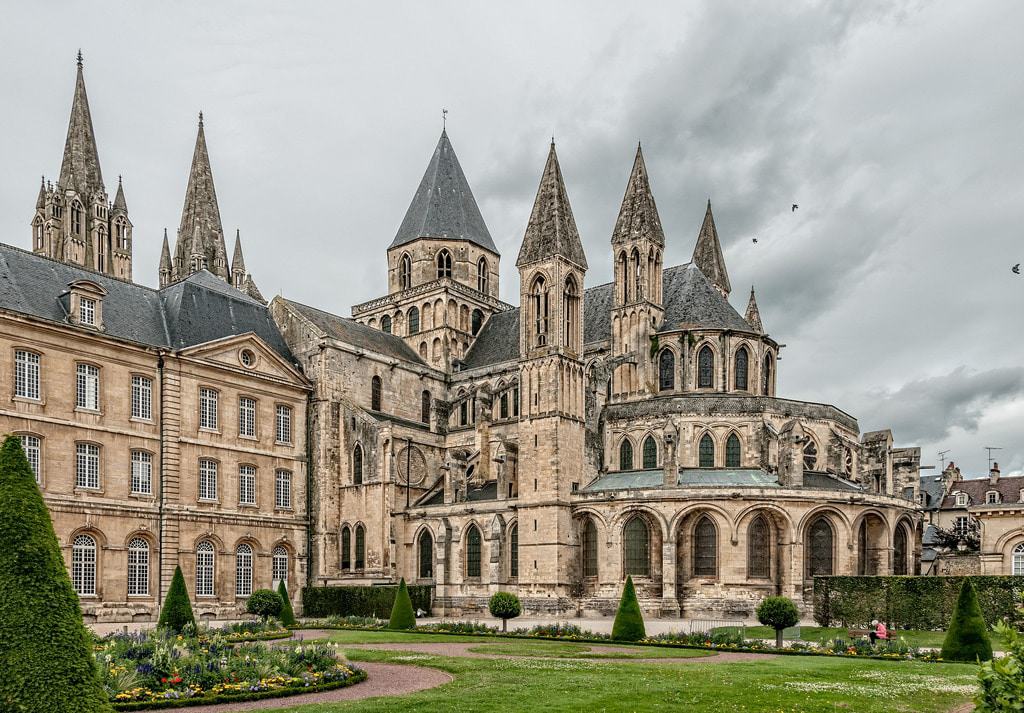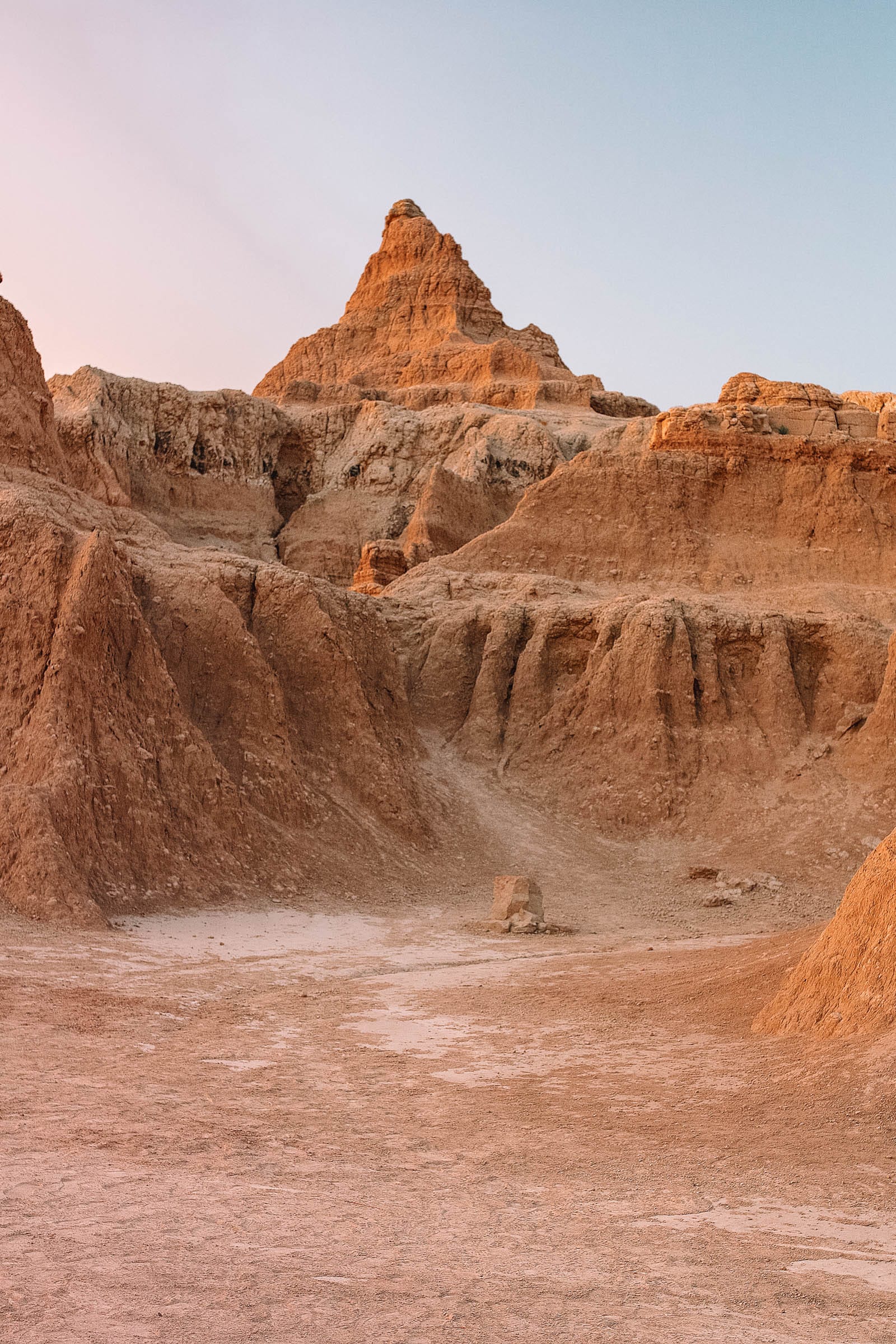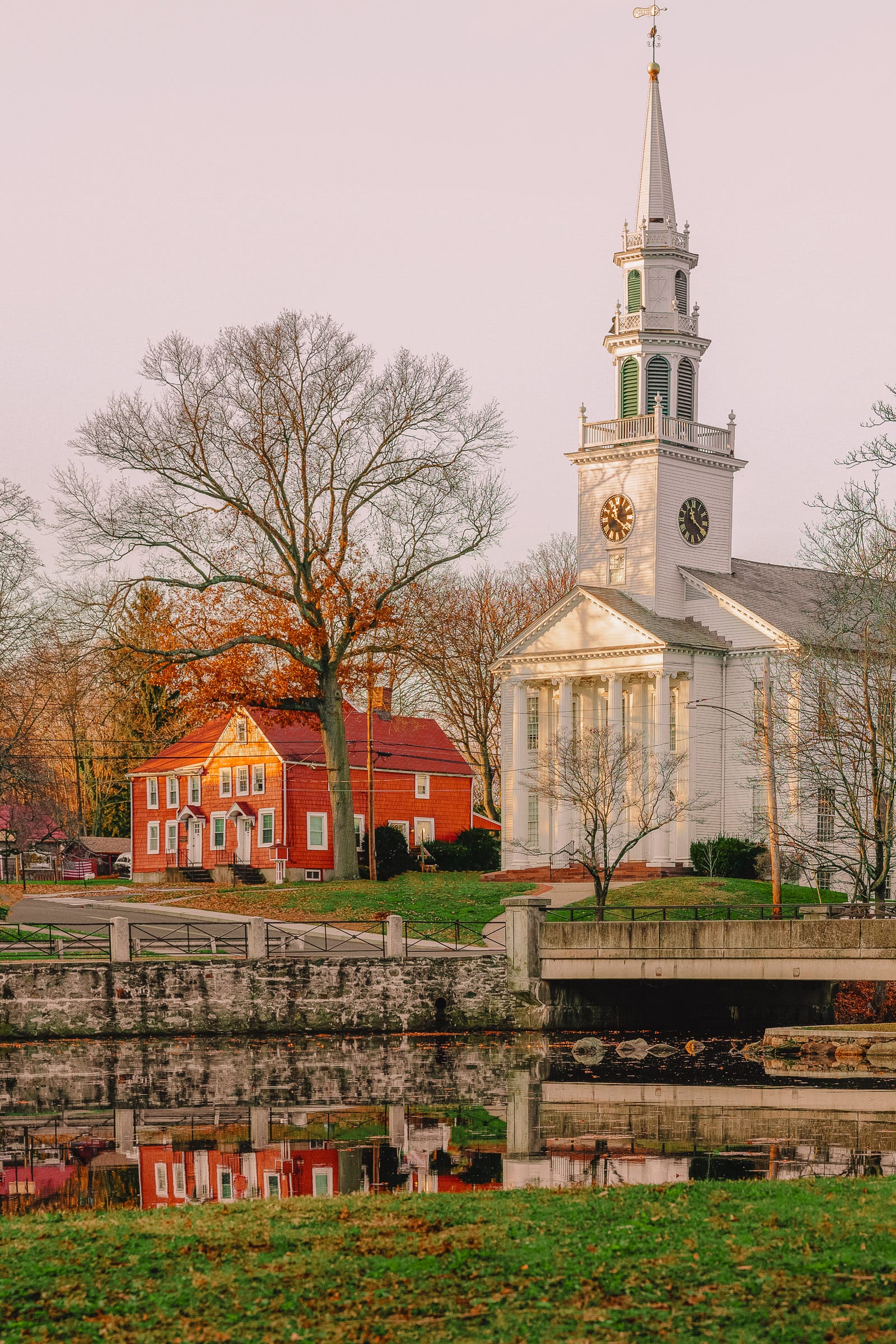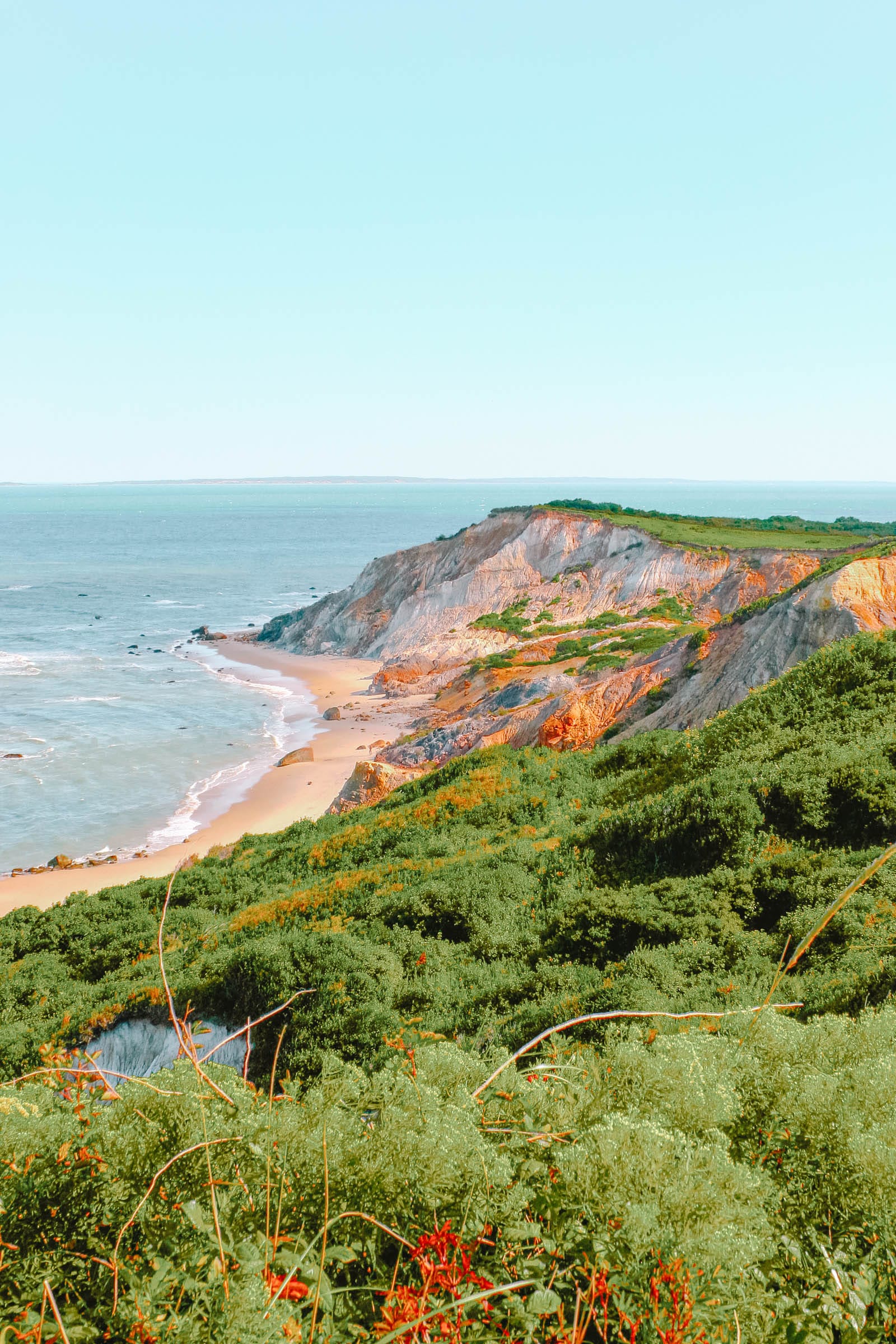Summary of Attractions in Caen
Caen is an exemplary Norman city that, having endured significant wartime damage, has moved forward and now elegantly combines the contemporary with the historic. It served as the home city of William and Matilda prior to the Norman Conquest of England, with both dignitaries interred in noble Romanesque abbeys.
The city is rich in greenery, epitomized by the Château de Caen, an impressive park where William’s residence once stood before the French Revolution. The grounds are now adorned with captivating historical remnants, including old gatehouses and walls. Additionally, Caen is conveniently located near the D-Day beaches, the Belle Époque resort of Cabourg, and the city of Bayeux, home to the renowned tapestry.
Let us explore the top attractions in Caen:
1. Mémorial de Caen

Established in 1988, the Mémorial de Caen is situated atop an underground bunker where German General Wilhelm Richter coordinated the defense of Normandy’s beaches during D-Day. Visitors can traverse this 70-meter tunnel and access various expansive exhibits related to the Second World War.
The Mémorial de Caen identifies itself as a “museum for peace,” conveying a profound message of hope. The galleries meticulously narrate the lead-up to the conflict, the French occupation, the Holocaust, and the post-war period.
A more recent exhibit focused on the Cold War features artifacts such as an East German Trabant car and a segment of the Berlin Wall.
2. Abbey of Sainte-Trinité

This Norman Romanesque abbey was established in the mid-11th century by Matilda of Flanders, the wife of William the Conqueror. Matilda’s tomb resides within the abbey church, marked by a simple black stone featuring a Latin inscription from the time of her passing, in contrast to William’s more elaborately maintained tomb at Caen’s Abbaye aux Hommes.
While the church remains the sole publicly accessible area of the abbey (the remainder of the complex houses government offices), it offers considerable historical value and several guided tours daily.
Within the apse and choir, visitors can observe the sculpted capitals, one of which depicts William the Conqueror holding two leashed lions, captured during the First Crusade.
3. Château de Caen

During the medieval period, Caen’s citadel, constructed by William the Conqueror in 1160, would have been a remarkable landmark. Even today, visitors can appreciate the scale in the park where the keep and numerous houses were situated. Remnants of noteworthy significance remain, including the foundations of William’s residence, two imposing gatehouses, and the remaining walls.
These fortifications, primarily stemming from the Hundred Years’ War in the 1400s, offer a stunning panorama of Caen from the ramparts. The area has now transformed into a recreational space for local residents, featuring expansive lawns, two museums, and a café.
4. Abbaye aux Hommes

William the Conqueror founded this abbey in 1063 to atone for marrying Matilda of Flanders, who was his cousin. The structure represents another treasure of Norman Romanesque architecture, characterized by its austere walls topped with ornate Gothic towers.
The highlight inside is William’s tomb, which has been situated in the chancel since 1087; the wooden choir stalls and pulpit were crafted in the 1600s. The convent buildings are notably preserved, having sustained no damage during both the revolution and the Second World War. In the cellar beneath the refectory, visitors can still observe a medieval apple press in functioning order.
5. Musée des Beaux-Arts de Caen

Located within the Château de Caen, the city’s fine arts museum features 350 works that journey through French and European art from the 1300s to the contemporary age. The galleries primarily focus on the Renaissance and Baroque periods, showcasing pieces by renowned artists such as Nicolas Poussin, Rubens, and Italian masters like Veronese and Tintoretto.
The 19th-century French artistic movements are also thoroughly represented, including romanticism as seen in Delacroix’s work, landscape paintings by Boudin, and realism represented by Courbet. Additionally, there is a new contemporary wing and sculpture garden that includes works by Antoine Bourdelle and Huang Yong Ping.
6. Musée de Normandie

The secondary museum within the Château de Caen explores Normandy’s extensive history, located in the former governor’s residence. The prehistory exhibit allows visitors to see ceramics that are 7,500 years old, along with tools and arrowheads recovered from Vierville and Neolithic burial artifacts from Ecajeul.
Among the classical history exhibits, one must-see attraction is “The Mother Goddess of Saint-Aubin-Sur Mer,” a sizable and intricately carved Roman sculpture discovered in a well in 1943. The museum also delves into the Viking settlement in Normandy during the 10th century, showcasing traditional Norman attire and craftsmanship, featuring engaging displays on cider and cheese production through history.
7. Église Saint-Pierre

Caen’s impressive Gothic and Renaissance church is distinguished by its towering spire, which reaches a height of 76 meters and was restored following damage from a shell during the Second World War. The construction of Saint-Pierre took place in stages, spanning from the 1200s to the 1500s, with older sections comprising the choir, tower, and facades.
The rose window on the north side is celebrated for the delicacy of its stonework. Inside, visitors should take time to admire the magnificent Gothic vaults of the choir and the late Gothic ambulatory chapels. Additionally, on the north side of the nave, intricately carved capitals depict characters from Arthurian legends, including a recognizable representation of Lancelot.
8. Timber-Framed Houses

The limited number of timber-framed houses in Caen, compared to other French medieval cities, can be attributed to a 1524 decree from the Norman Parliament abolishing this construction style due to fire concerns. Nevertheless, two noteworthy examples persist: the Maison des Quatrans, situated near the Church of Saint-Pierre, features timber and daub on a stone base, marking it as the oldest house in the city, built by a wealthy tanner.
Additionally, at 52 and 54 Rue Saint-Pierre, visitors can find a pair of four-storey 15th-century half-timbered houses, both anchored by commercial establishments but adorned with exquisite wood carvings.
9. La Colline aux Oiseaux

It is surprising to note that this serene mosaic of gardens located northwest of the city center once functioned as a waste dump and incinerator. The park, inaugurated in 1994 to commemorate D-Day, derives its name, “Hill of the Birds,” from the mounds of rubbish that attracted flocks of birds. Presently, it serves as a serene recreational area for families and couples, boasting a large rose garden, a boxwood maze, and scaled models of Normandy, alongside several smaller gardens honoring cities around Normandy and Caen’s twin towns.
Families with children can visit the zoo within the park, featuring friendly farm animals for a close-up encounter.
10. Jardin des Plantes

The botanical garden in Caen is also worth a leisurely stroll on sunny days, showcasing 8,000 species of plants across 5,000 square meters of carefully organized plots. This includes a medicinal garden, an arboretum, and various horticultural collections. Although the original iron and glass greenhouses were lost during the war, a new exotic greenhouse was established in 1988, offering access from 13:00 to 17:00 and housing a nationally-recognized collection of rhipsalis cacti, peperomia succulents, and sansevierias, native to southern Asia and Africa.
The upper segment of the gardens features a tree park that includes a 1750 Japanese pagoda tree and a 1890 redwood.
11. Festyland Parc

Situated moments away from Caen, Festyland Parc stands as the largest theme park in Normandy. However, it is relatively small by theme park standards, allowing visitors to experience all it offers within half a day. The park provides entertainment for the youngest family members, featuring four distinct zones inspired by Normandy’s heritage: Viking, Medieval, Pirate, and Belle Époque.
The attractions include two roller coasters, four splash rides, and various smaller amusements such as flying chairs, a 3D cinema, an adventure playground, and a petting zoo with goats located in the Viking zone.
12. Château de Bénouville

This stately residence located in the countryside northeast of Caen was designed by Claude Nicolas Ledoux, a prominent 18th-century neoclassical architect known for creating numerous renowned monuments in Paris, particularly the tollgates surrounding the Wall of the Ferme Générale. The château is regarded as one of the best-preserved examples of his work and currently houses the European Institute of Gardens and Landscapes.
Open for visits between June and September, guests can admire the lavish interiors while also attending horticulture and landscaping exhibitions. On D-Day, the grounds witnessed some combat, despite their function as a maternity hospital at the time.
13. Memorial Pegasus

This vital memorial located just minutes north of Caen commemorates a significant D-Day operation. The Pegasus Bridge, which spans the River Orne, held critical strategic value and was captured during the night from June 5 to 6 to secure the Allies’ eastern flank. The 1934 bridge has been meticulously preserved and relocated to a memorial site nearby.
The museum provides insights into the operation executed by the British 6th Airborne Division, utilizing Airspeed Horsa gliders, one of which is on display.
14. Cabourg

During summer, one of Normandy’s finest beaches, Plage de Cabourg, is located a mere 25 kilometers away through picturesque farmland. The beach stretches across more than three kilometers and becomes exceptionally broad during low tide. Marcel Proust frequented this area at the turn of the century, with the fictionalized resort of Balbec in “In Search of Lost Time” often likened to Cabourg.
Proust would stay at the splendid neo-Renaissance Grand Hôtel, which still operates today along the beach. Cabourg offers the opportunity to partake in time-honored seaside activities, such as strolling down the extensive promenade, enjoying a game of mini-golf, or taking a refreshing dip in the invigorating waters of the English Channel.
15. Food and Drink

Adventurous diners can partake in a signature dish of the city: Tripes à la mode de Caen, crafted from various parts of a cow’s stomach and a cow’s trotter. This was William the Conqueror’s preferred dish, which he relished pairing with local Norman pressed apple juice. Additionally, apples play a significant role in producing Normandy’s renowned cider and the apple brandy Calvados.
At the local patisserie, visitors can indulge in a grignette, a sweet pastry unique to Caen, shaped similarly to a small baguette, dusted with confectioner’s sugar, and adorned with chocolate chips.




